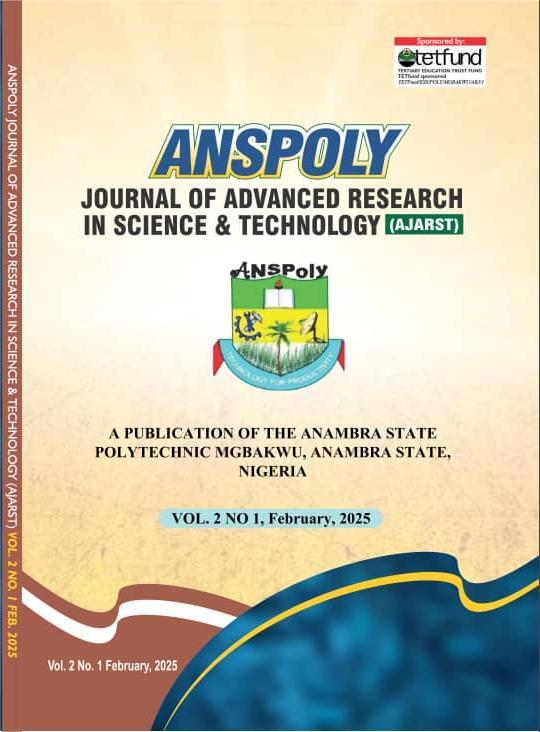IMPROVING NETWORK LOAD BALANCING IN CELLULAR NETWORKS USINGMACHINE LEARNING
Keywords:
Temporal Deep Q Network (temp-DQN), Software-Defined Networks (SDNs), Dynamic SDNs (dSDNs), Reinforcement Learning, Long Short-Term Memory (LSTM)Abstract
Providing continuous connectivity has become increasingly challenging due to network congestion and load imbalance resulting from the rapid expansion of cellular networks and the growing demand for high-speed data access. Service deterioration, higher latency, and worse user satisfaction are the results of traditional load balancing systems' frequent inability to handle dynamic and varied traffic patterns among cells. This study proposes a machine learning-based (Temporal-Deep Q Network (temp-DQN) model) approach to improve load balancing in cellular networks, enhancing resource allocation, handover optimization, and traffic prediction. The temp-DQN model optimizes throughput, delay, and jitter by dynamically adjusting traffic flows to choose the best controller based on network conditions, utilizing the concepts of reinforcement learning. The model uses Q-learning for decision-making and Long Short-Term Memory (LSTM) networks for feature extraction. MATLAB simulations evaluated the temp-DQN's performance under light, moderate, and heavy traffic loads. The findings indicate that the temp-DQN considerably improves network performance in moderate and high congestion, whereas performance gains are very slight in mild traffic. Interestingly, under high network traffic, the temp-DQN achieved a 94.03% reduction in latency and a 14.03% increase in throughput. These results imply that the temp-DQN model offers improved Quality of Service (QoS) and scalability for network optimisation in the future, making it a viable option for real-time traffic control in SDN systems, especially in high-traffic situations



